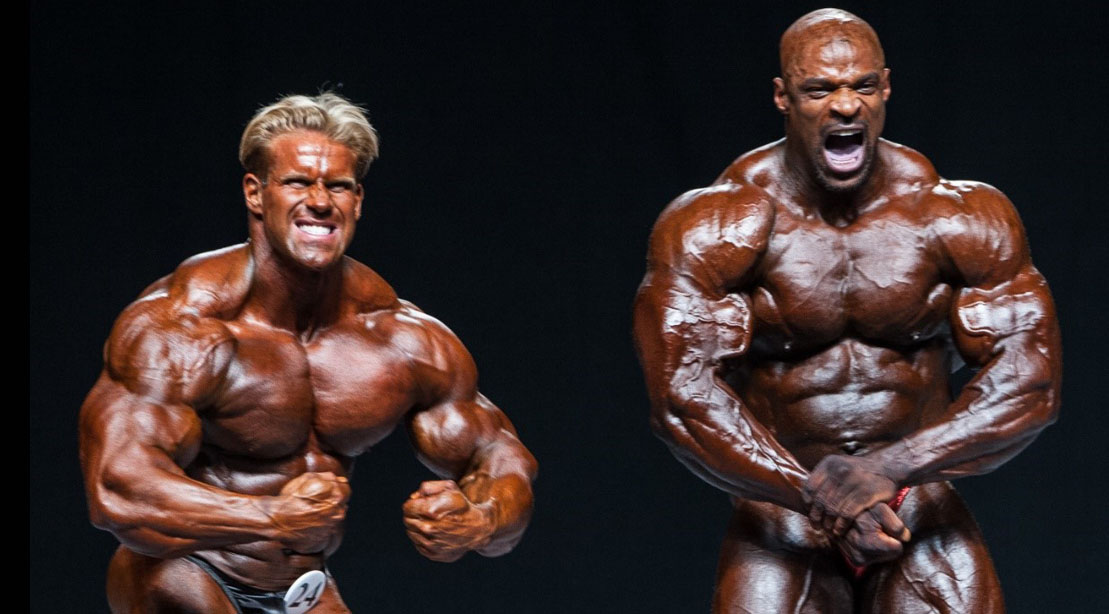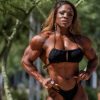Bodybuilding Competition: The Posing Rounds
So, in time we had the evolution of today’s “round” system. It involves having competitors present themselves in different ways for the scrutiny of the officials. These are
These rounds are one thing on paper, according to the rules, but are often quite different in actuality.
So, obviously, the symmetry round has become just another muscle-posing round, and it is not about symmetry. This has been tolerated for so long now that it seems unlikely the federations are going to step in to change things back to what the rules originally required. So, bodybuilders
with obviously great symmetry are disadvantaged when this round is done this way, and those with less symmetry can disguise their weaknesses.
If I were to give you a 25-gram weight to hold and asked you to estimate its weight, it would be tough to come close. But if you hold a 24-gram weight in one hand and a 25-gram weight in the other, you can immediately tell the difference. That is the power of comparison. Along the same lines, you take a bodybuilder you thought was terrific and stand him or her next to another in the lineup, and small differences immediately become apparent.
Plus, there is the fact that our perception of something takes place in “layers.” The brain does a quick scan of what we are looking at, then uses succeeding scans to acquire more information and register more details. This is an unconscious process that takes place automatically. Except that it would be more difficult to create a show to which you can sell tickets, it would probably be best not to score by round but simply let the judges continue to look at bodybuilders posing over an hour or two to give their brains time to accumulate the maximum amount of information. In most cases, who is best or better would become painfully obvious with no conscious effort required.
In any event, the compulsory round involves the judges saying, “show me your physique in a way that gives me all the information I am looking for, with no way of disguising your weaknesses.” Then comes the round of individual posing, in which the competitors put together a routine as a way of showing off their physiques in a way that calls attention to their strengths and away from their weaknesses. Ideally, this round is a way for competitors to change the minds of judges, “my physique is actually better than you first thought.”
Some competitors concentrate on movement in their routines, even to the point of dancing, or showing themselves as “robots” or doing the “moonwalk.” But the question should always be, “Is this routine going to make the judges score the athlete higher than they would have otherwise?” Some contests have “best poser” awards, but the winner of this is rarely the winner of the contest.
Many simply rely on free posing routines that are basically just more versions of the compulsory poses, which the judges have already seen. Bodybuilders with truly outstanding physiques frequently need to do nothing more than just keep hitting the same basic poses to remind judges how good they are.
The posedown round, in which the bodybuilders all just mill around on stage, hitting whatever poses they can and creating comparisons with their rivals, is very exciting. It would be great if this had some actual impact on the scoring, but this rarely seems the fact. Usually, the pose down takes place while the judging scores are being tabulated.
Maybe there could be a posedown round during prejudging as well as the evening finals. This could actually have some impact on the scores. But as it is, the posedown is mostly just for show.
The one absolute necessity to make these posing rounds work is accurate and unbiased judging. In the past, this has often been problematic, with officials allowing political, economic, or even sexual biases to cloud their judgment. Thankfully, this has not been any kind of major consideration in the recent past. Judging bodybuilding is always going to involve a balance of the objective and the subjective. Two judges may see the same kind of development of a physique, but one prefers it while the other doesn’t or, at least, not as much. There are so many elements to a competition physique, including such things as mass, muscularity, symmetry, and definition – and another that Is aesthetic beauty – that it is inevitable that two judges will develop different opinions when it comes to scoring. But not “too different,” or the federations will not consider that judge really qualified.
For judging to work, there must be at least a consensus as to what the contest is about and what everybody is there for. So, differences in judgment and perception must be within certain limits to be accepted as quality judging.
How to use the posing round to highlight your strengths and personality.




